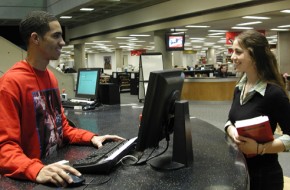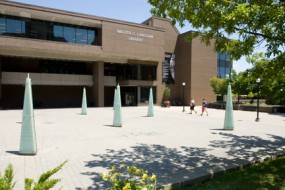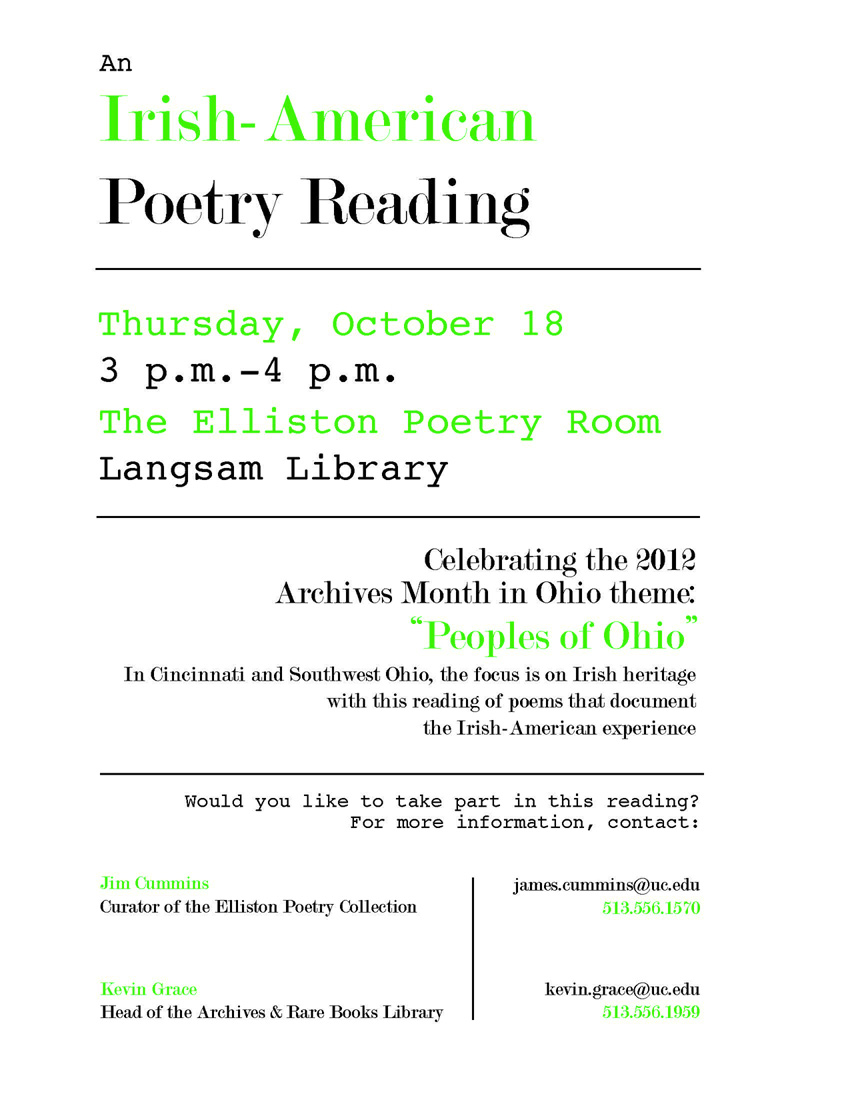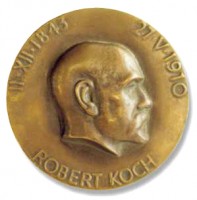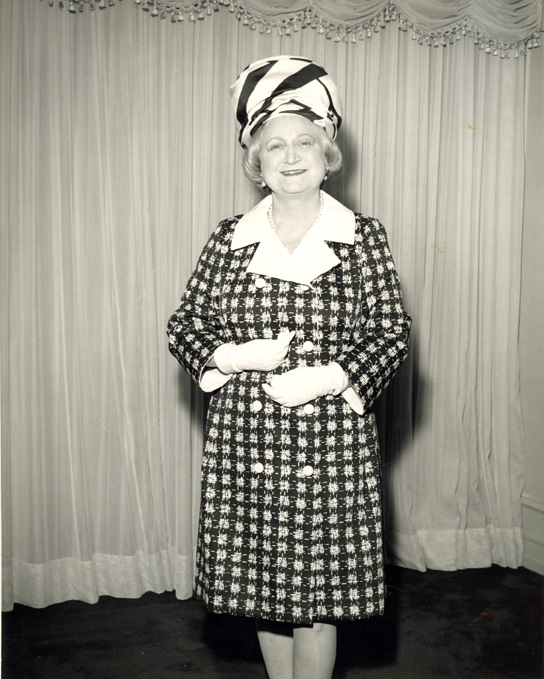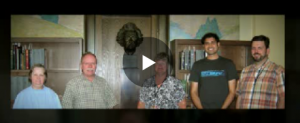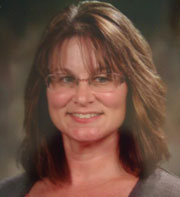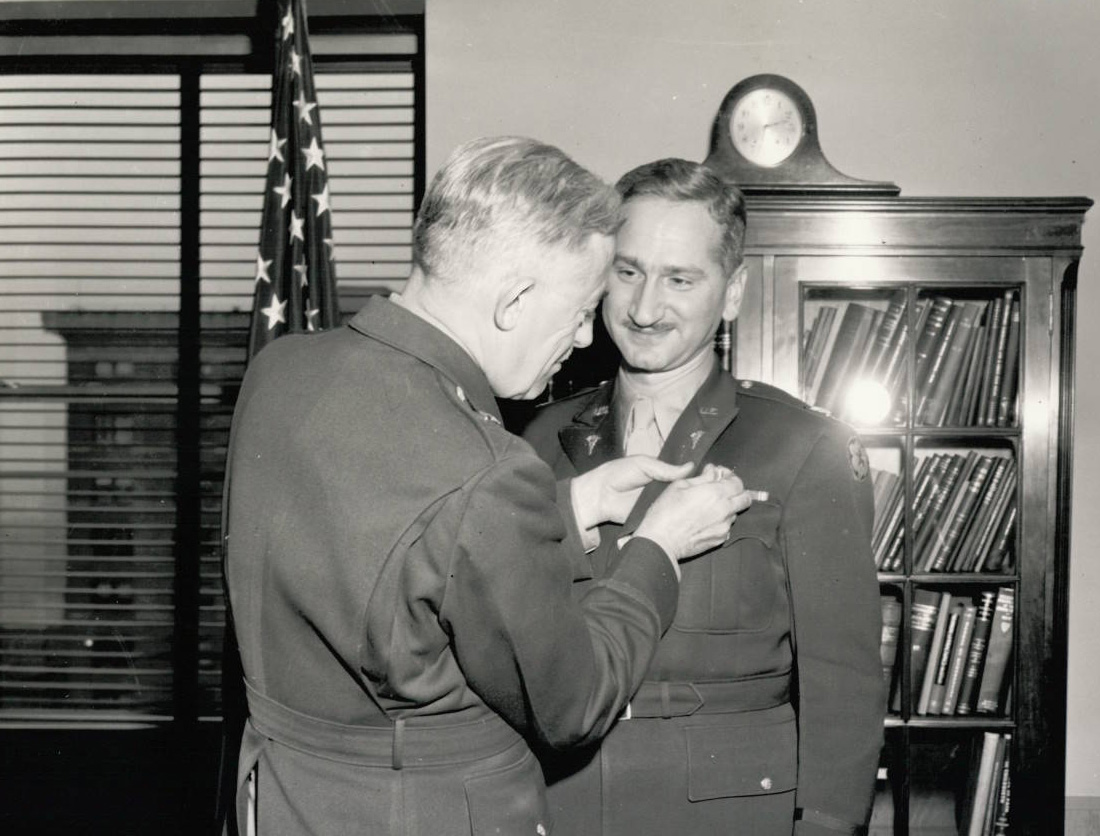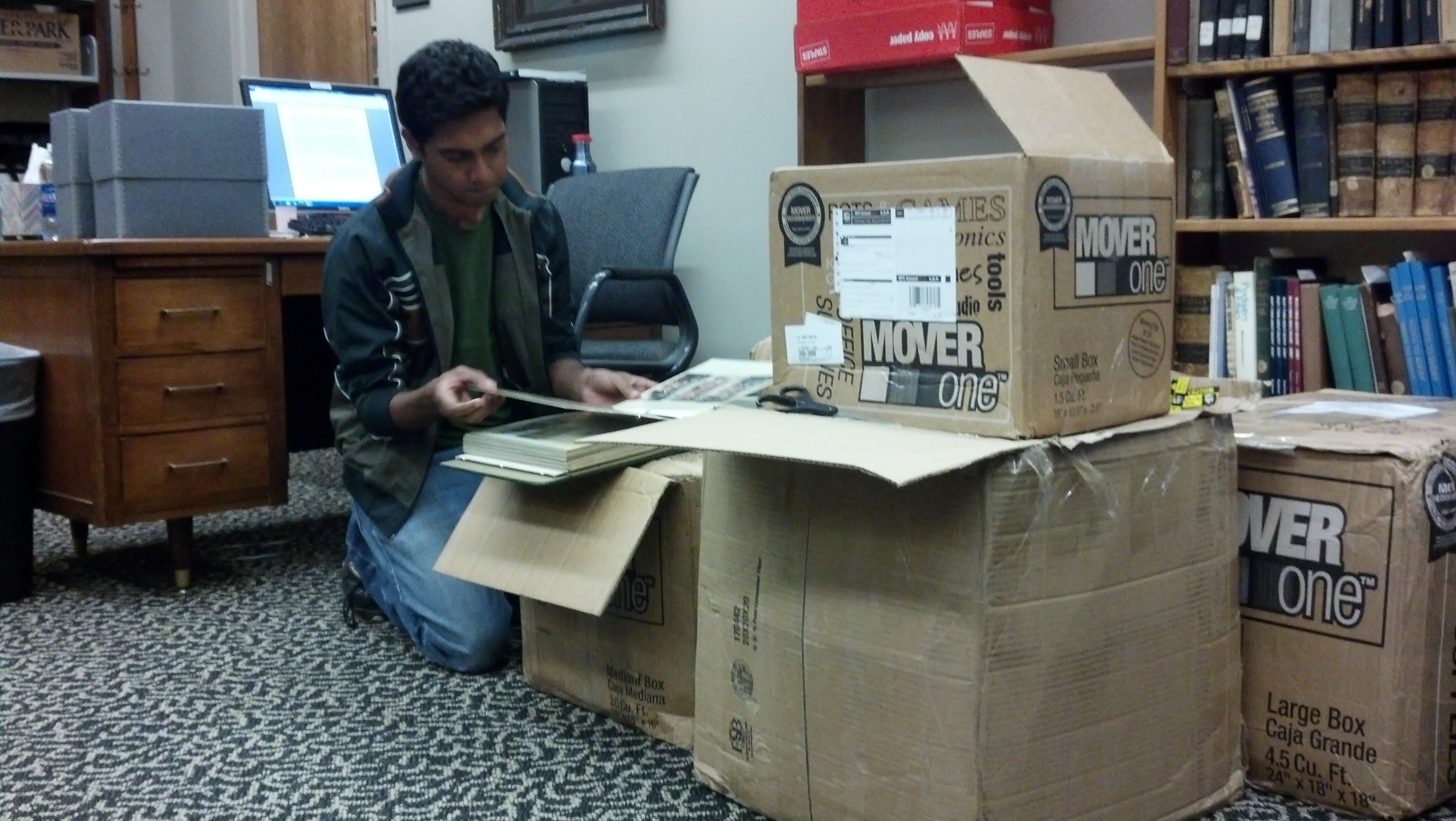
Sabin student assistant Richard Jason Sookoor is seen here browsing through one of the many binders the Winkler Center recently received from Mrs. Heloisa Sabin.
The Hauck Center for the Albert B. Sabin Archives recently received several large boxes full of letters, photographs and realia from Mrs. Heloisa Sabin, which adds to the over 400 linear feet that is already in the collection. It was quite serendipitous that the material arrived at the Winkler Center just a couple days before Dr. Sabin’s birthday on August 26. Continue reading

